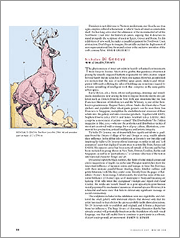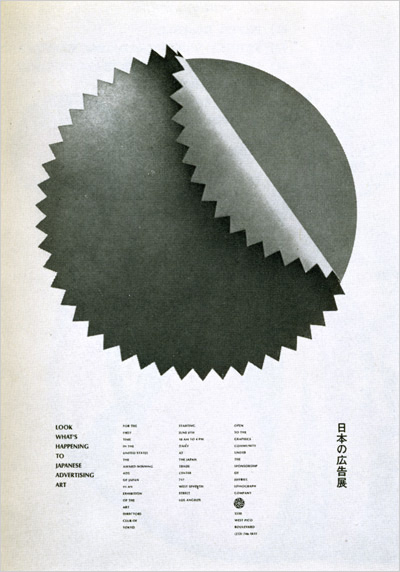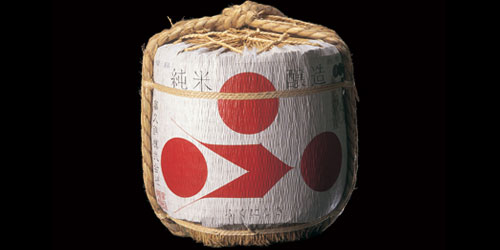
This is another post from the big pile of images I have. Now, I remember finding this, and being disappointed there were no detailed versions of the illustration, which from what I can see should bear closer inspection. Unfortunately yet again I’ve lost the reference to where I found it. No, no I haven’t. I found it through an image search for Japanese Advertising Art while researching this article and I just realised the Google Image Result page is still in my history. W00t.
So here we have it. It’s a page from Canadian Art Magazine about Nicholas Di Genova. Using Google I find lots of pages about him, including a decent quality version of the image used in the article, along with a couple more. Looking at them I realise I’ve seen his work plenty of times in books and magazines. Interestingly I had an entirely different image in my mind when I saw the original page from Canadian Art. I thought it would be a stylised but otherwise accurate drawing of a stag or moose, but it turns out to be some kind of moose-fish hybrid. Ho hum. Still, the inspiration holds. One day I’ll get around to doing my comic book of doom.








